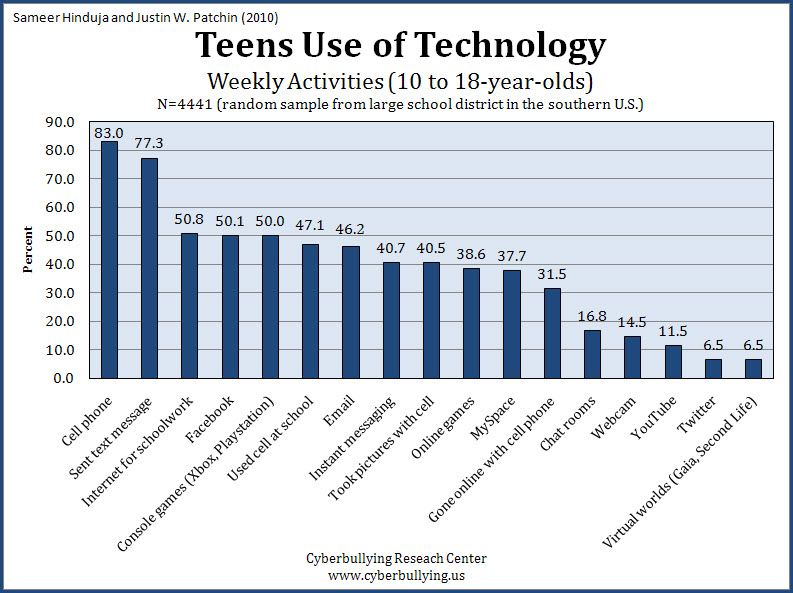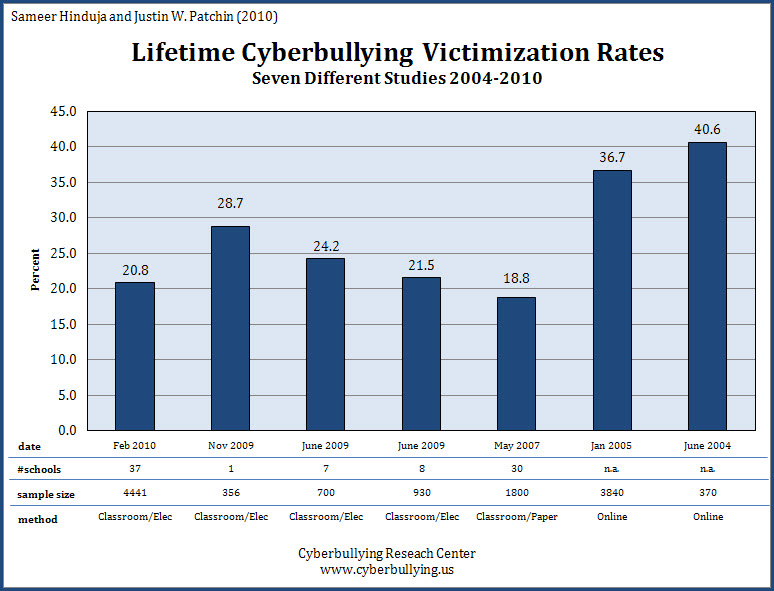|
|
Reflection
Monday, April 23, 2012, 2:00 AM
Social media is a powerful tool that had evolved over the ages. While there had been constructive use of this tool, there had also been much abuse. Ahn (2011) concurred to this, stating that social media on its own does not cause impacts on psychological well-being, social capital, or learning. It is instead, the society’s culture and the way of communication of the people that is likely to have resulted in the outcomes as mentioned before. Thus, it is imperative to understand the processes that led to the misuse of social media today.
 |
| Famous quote from the movie 'Spiderman'. Obviously these people have not watched the movie. Just kidding~ |
One of the processes that led to people abusing this power of new media and the Internet is the online disinhibition effect, which is as Suler (2004) explains, states that people feel more comfortable in the cyber space and so express themselves more openly. According to Suler, this effect is a double-edged sword and can be further classified into benign disinhibition and toxic disinhibition.
Benign disinhibition is when one shares personal information, and adopts a hypersonal model of goodness, while toxic disinhibition is when one behaves rudely, and explore what we in real life often deem as immoral or sinful, such as sex and violence.
Benign disinhibition is the initial drive behind the popularity of social media. People harness the interconnectivity and the ease of interaction of social media to empower themselves as individuals. Social media becomes a tool for people to express themselves on a platform where there is equal participation between users. However, this process is entirely subjective, as individuals have the agency to utilize social media for their own means, as demonstrated by toxic disinhibition.
Toxic disinhibition occurs largely due to the sense of online anonymity. Protected by the veil of anonymity, users are bolder, and in some cases, create a totally different persona, as demonstrated by what Lori Drew did in the case example of Megan Meier. Because of the anonymity, one feels the sense of detachment from the real self, giving a feeling of boldness that they do not have to be responsible for their behaviour online. This makes them more willing to be aggressive towards others as in the case of cyber bullying.
 |
| I HATE YOU!!!! I'll post it on your Facebook and you can't do anything about it =P |
Another reason behind toxic disinhibition is that lack of immediate effects. With the use of social media as an intermediate medium, immediate response, such as the facial features and expressions of the target party, is not seen. Hence, possible implications such as non-verbal stimuli cannot be observed, like in the April Teo incident as mentioned before. Such is the case of cyber bullying: the bully is unable to see the immediate effects on the victim, and so would carry on with his aggressive behaviour, often leading to undesirable consequences.
It is thus critical to identify the affected groups of people who are exposed to social media abuse. One of these groups is the youths aged between 15 and 24. The youths are one of the highest users of social media and yet, the most impressionable, who are still unable to tell right from wrong. This immaturity makes them especially vulnerable to social media abuse, either as initiators, or as victims.
 |
| As the data have shown, youths in US have high usage of social media. This trend is probably similar in most developed countries. |
The government has come up with solutions to educate youths on proper internet etiquette and protocols. As part of a campaign to increase awareness of cyberspace safety for youths, Media Development Authority (MDA) held a cyber wellness campaign on 17 February 2011 that lasted for 3 months and focused on the following: privacy, gaming & internet use, cyber bullying & positive netiquette, cyber safety, handling inappropriate content, cyber security and copyright.
 |
| Roving bus that brings the cyber wellness message around! |
However, there is no absolute evidence to evaluate the effectiveness of this campaign, and thus render the effects of it questionable. Furthermore, the campaign only lasted three months, which is too short a timeframe to observe any form of changes. Also, rather than a bus that moves around to the different schools, a permanent school-based program could be implemented. It is imperative to educate students about responsible and ethical use of social media as part of holistic education. Other possible solutions could be creating pages on the social media platform that the youths use. In so, there is an interactive component between the state and the youth population, mediated by social media.
 |
| If we look at the 2 statistics with the largest sample size, we could see that cyber bullying rates have dropped in US. Perhaps we could learn from them on what they have done? |
Thus, social media experience could be improved by both state initiated solutions, as well as individual – driven actions. Such social processes may not fully eradicate the harmful abuses of social media, but provide knowledge to users to better identify, and how to better mitigate it.
References:
1. Suler, J. (2004). The online disinhibition effect. CyberPsychology and Behavior, 7, 321-326.
2. Ahn, J. (2011). The effect of social network sites on adolescents’ social and academic development: current theories and controversies. Journal of the American Society for Information Science and Technology, 62(8), 1435–1445.
3. Research Data from: http://cyberbullying.us/research.php
|




